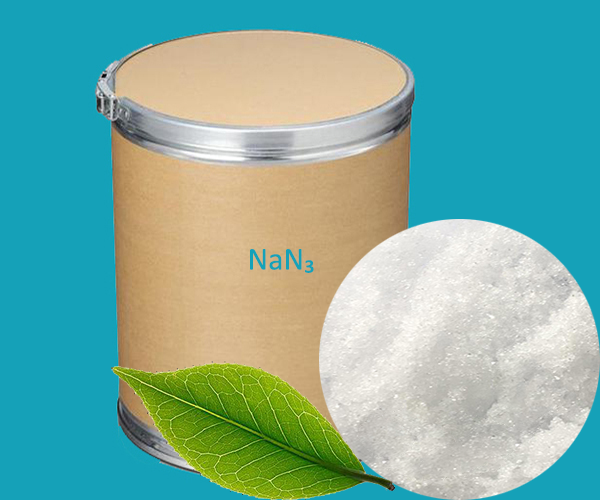Sodium azide (NaN₃) is an inorganic compound, also known as sodium trinitride. It exists in the form of white hexagonal crystals, which are tasteless, odorless, and non-hygroscopic. Sodium azide is highly toxic, insoluble in ether, slightly soluble in ethanol, but soluble in liquid ammonia and water.
Uses of Sodium Azide
1. Chemical synthesis: Sodium azide is widely used as a chemical reagent for the synthesis of other azide compounds or azide salts, such as lead azide, silver azide, etc.
2. Preservative for photographic emulsions: In the photographic industry, sodium azide can be used as a preservative for photographic emulsions to prolong the service life of emulsions.
3. Blood culture medium components: In the field of microbiology, sodium azide can be used as a component of blood culture media for the cultivation of specific microorganisms.
4. Analytical chemistry reagents: Sodium azide is used in analytical chemistry as a reagent for the detection of sulfides and thiocyanates.
5. Organic synthesis: In organic chemistry, sodium azide is used as a raw material to make a variety of organic compounds.
6. Automotive airbags: Sodium azide plays a key role in automotive airbag systems, quickly releasing nitrogen and inflating airbags in the event of a car accident.
7. Pharmaceutical raw materials: In the pharmaceutical industry, sodium azide is used in the synthesis of certain drugs, especially the synthesis of antibiotic cephalosporins.
 English
English Español
Español Português
Português Français
Français Deutsch
Deutsch Русский
Русский 中文
中文 日本語
日本語
